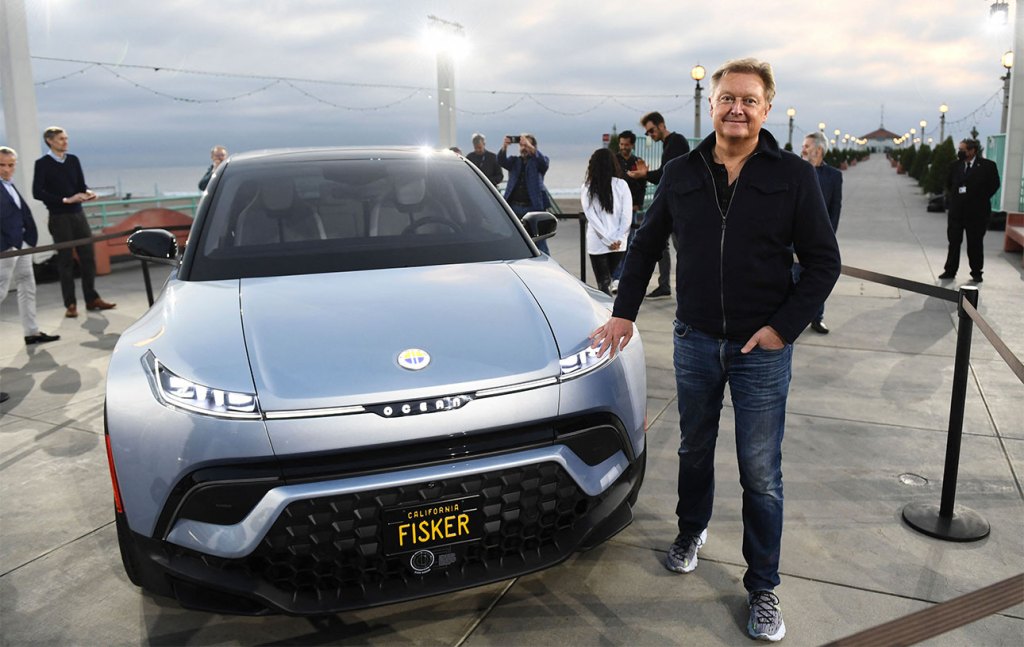

Fisker Group Inc., the EV startup founded by famed designer Henrik Fisker, filed for Chapter 11 bankruptcy protection — a capstone to months of problems with its Ocean SUV that included recalls and dozens of lemon law lawsuits.
The California-based company, which filed for bankruptcy in Delaware District Court, had been seeking a deal with another automaker in a last-ditch effort to rescue the enterprise. The company estimated assets of $500 million to $1 billion and liabilities of between $100 million and $500 million, according to the filing.
Fisker reported between 200 and 999 creditors, including SAP, Adobe, Salesforce and Ansys, according to the court document that was filed late Monday. The filing comes just a year after Fisker delivered its all-electric vehicle, the Ocean SUV, to customers.
The much-hyped EV was troubled from the start, with customers reporting an array of software and mechanical problems shortly after taking delivery. Internally, the company struggled to stand up sufficient customer service and maintenance efforts, and even had trouble keeping track of its money, according TechCrunch’s previous reporting.
Fisker, which used contract manufacturer Magna, would end up delivering just a few thousand vehicles worldwide. The plan when it went public in 2020 in a special purpose acquisition company merger was to leverage Magna’s vehicle-building skills to create a relationship akin to Apple and Foxconn, according to Henrik Fisker. The EV startup even engaged with Foxconn on plans to build a cheaper compact EV, but that deal ultimately fell apart.
Fisker attempted to preserve cash in the last few months through several rounds of layoffs and other cost-cutting measures. It also changed its business model. Earlier this year, the company shifted away from selling directly to customers — a system Tesla has popularized — and instead tried to partner with established dealers. Ultimately, the efforts weren’t enough to save the company from bankruptcy.
This is the second vehicle company Henrik Fisker named after himself that has wound up in bankruptcy. His first effort, Fisker Automotive, was started in 2007 and filed for bankruptcy protection in 2013. That company similarly got its vehicle — a hybrid electric sports car — into production on the road before running into quality problems and other external factors that proved fatal. (Fisker Automotive’s assets were bought out of bankruptcy and by what would become current EV startup Karma.)



